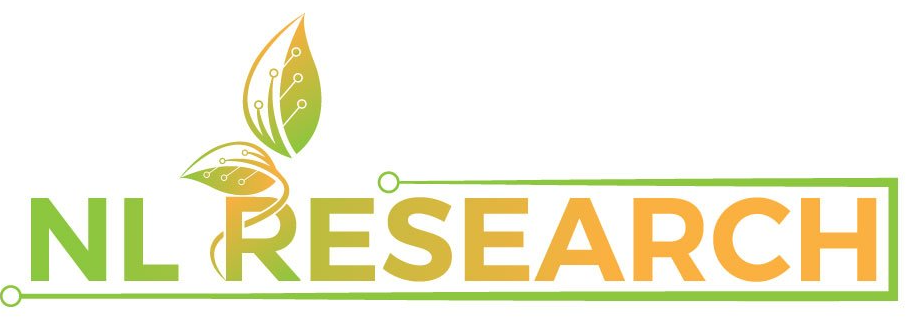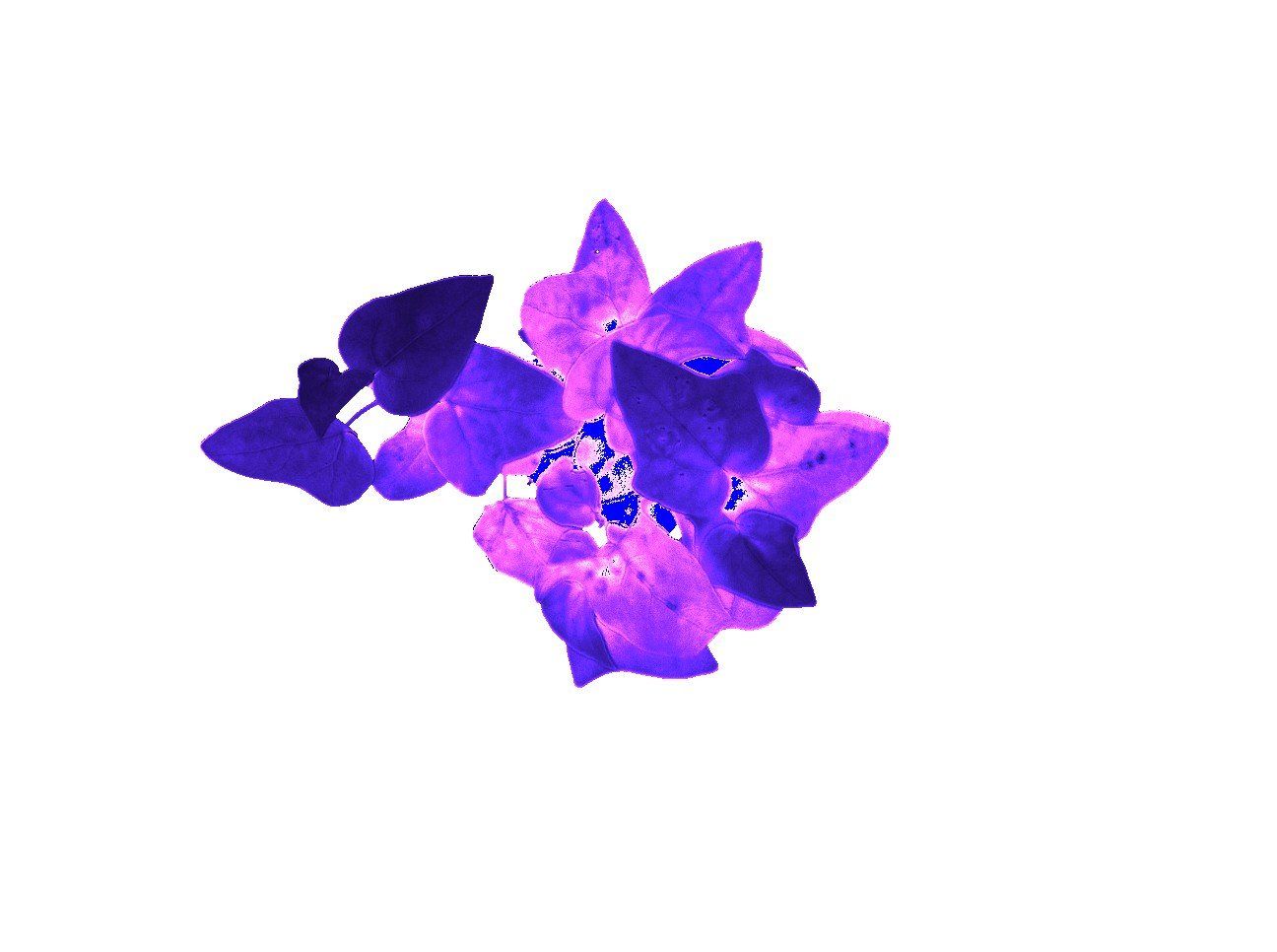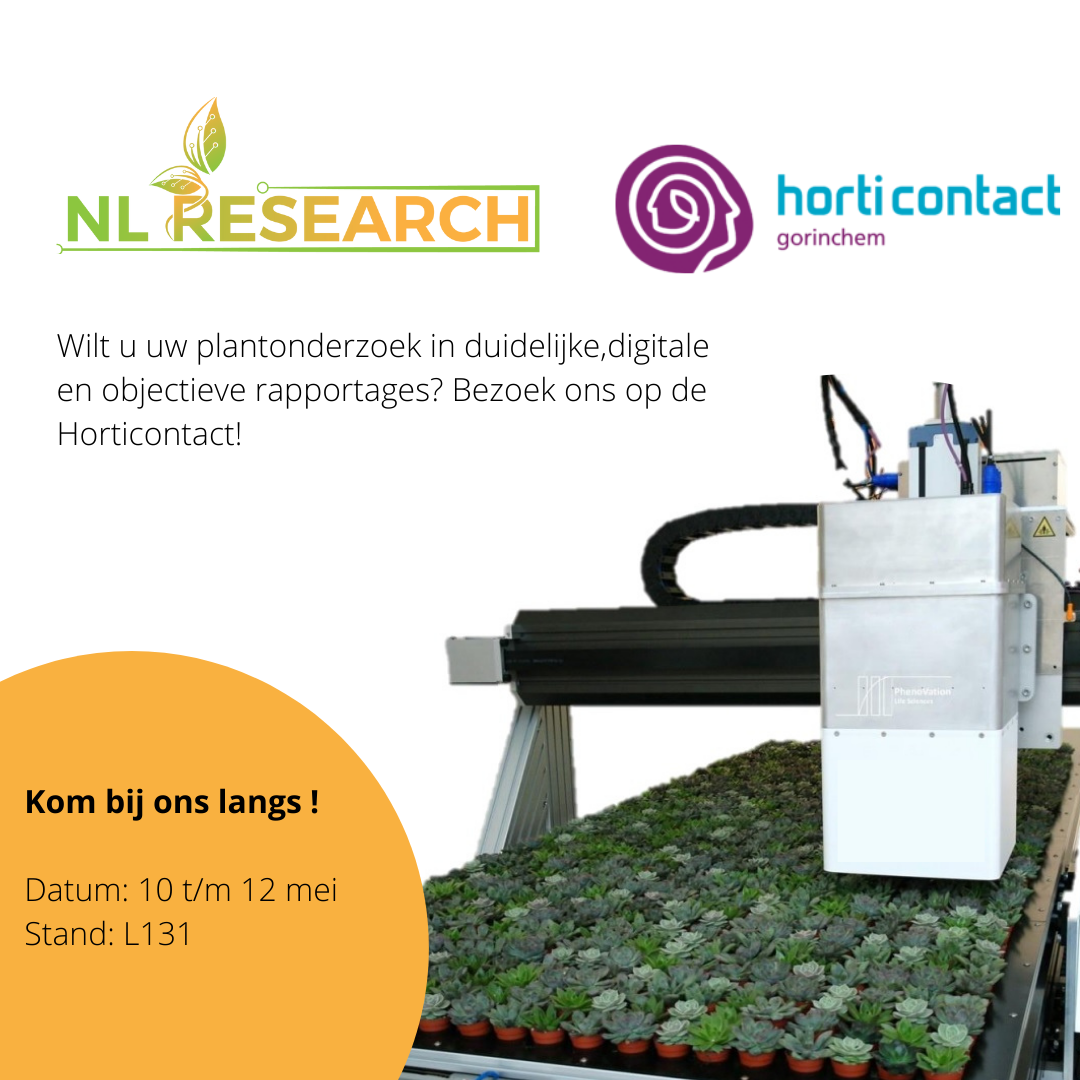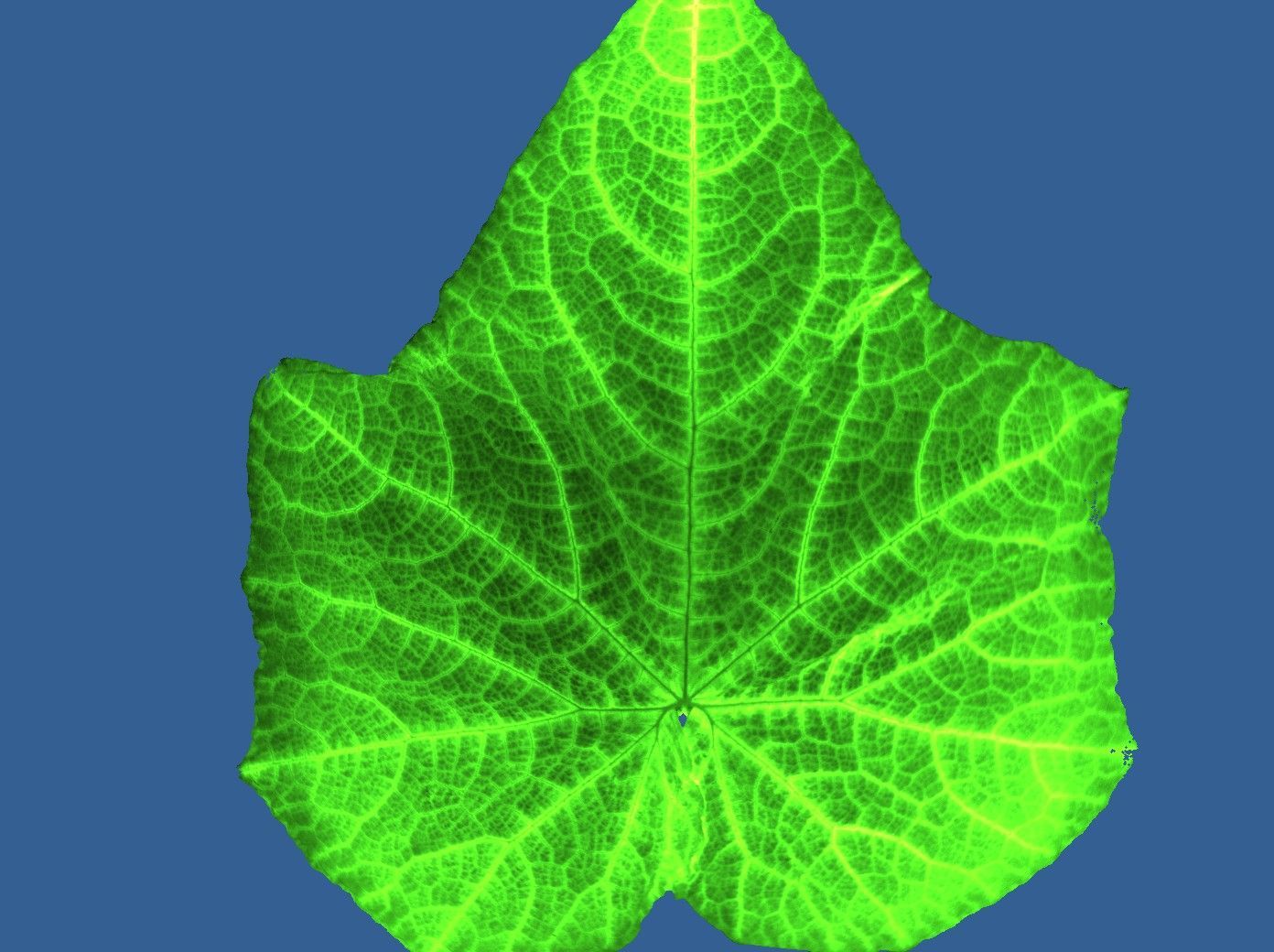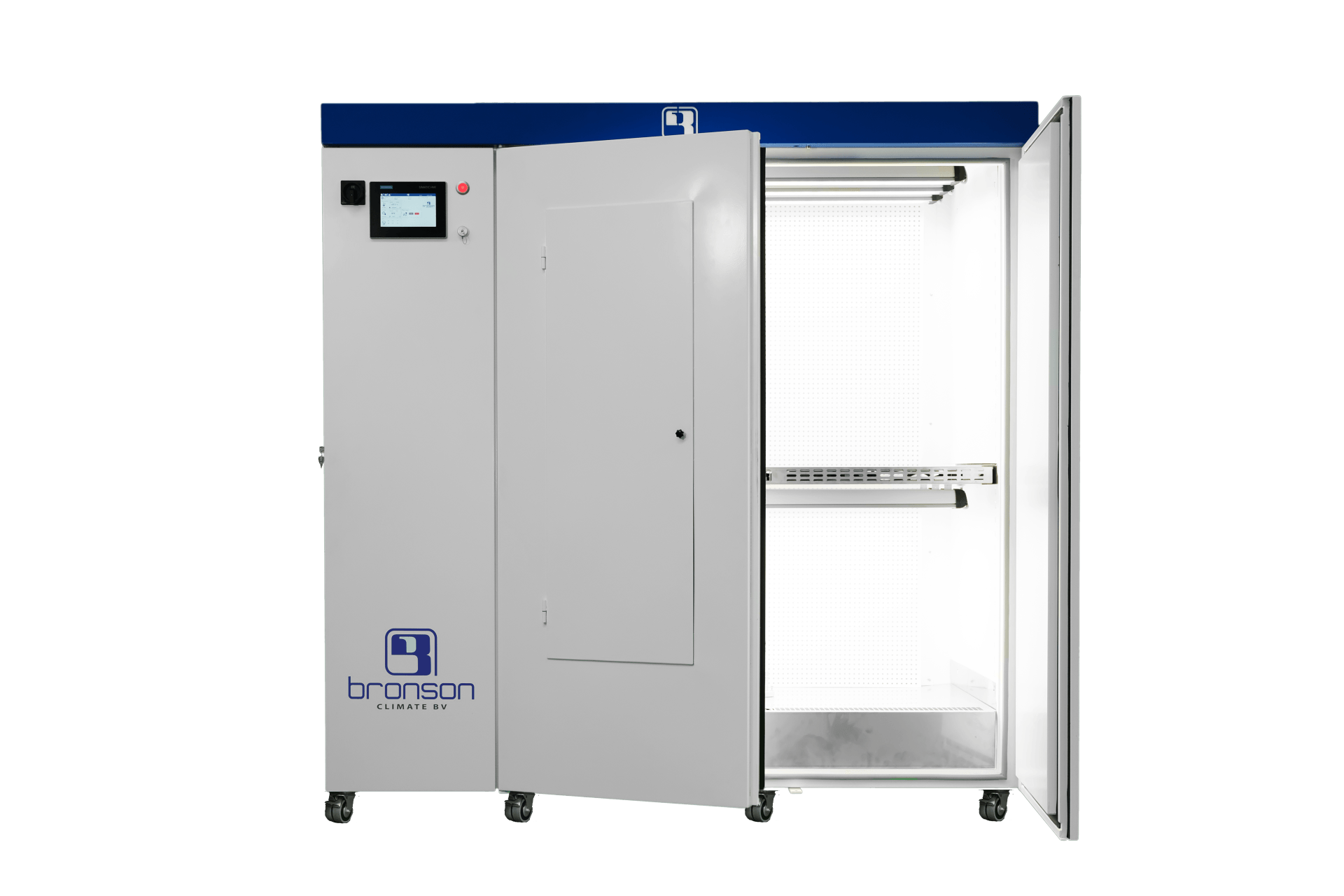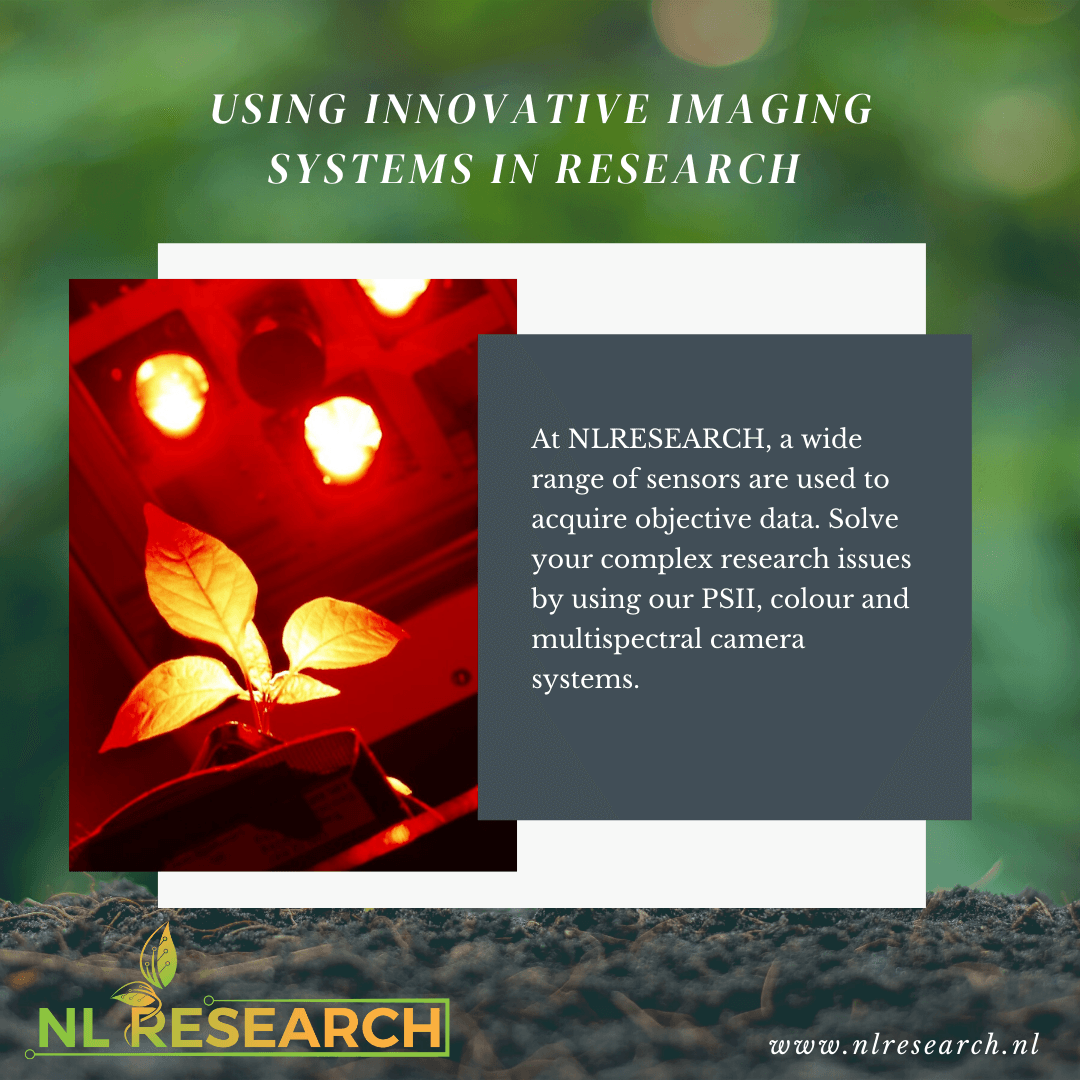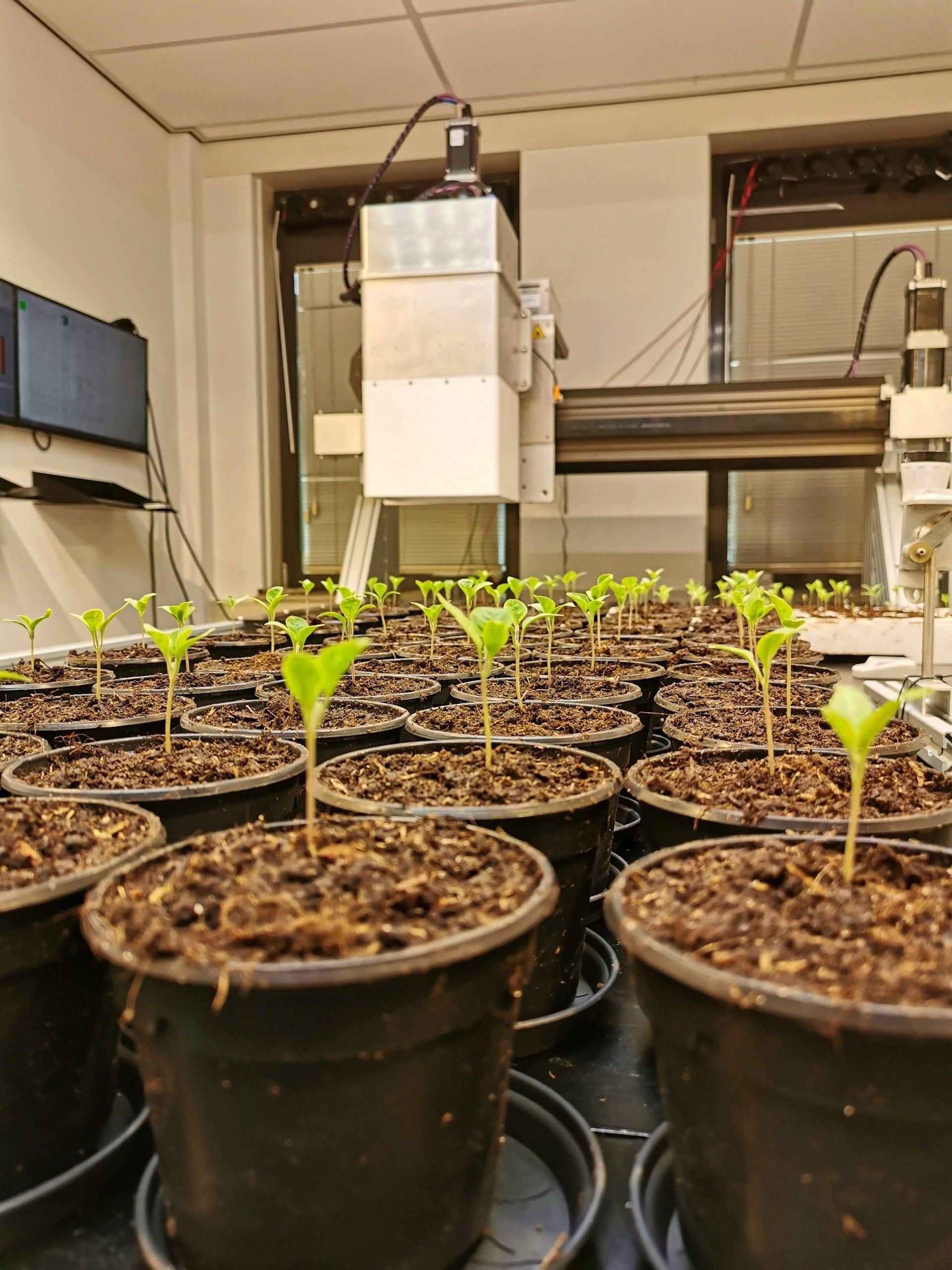Nieuws

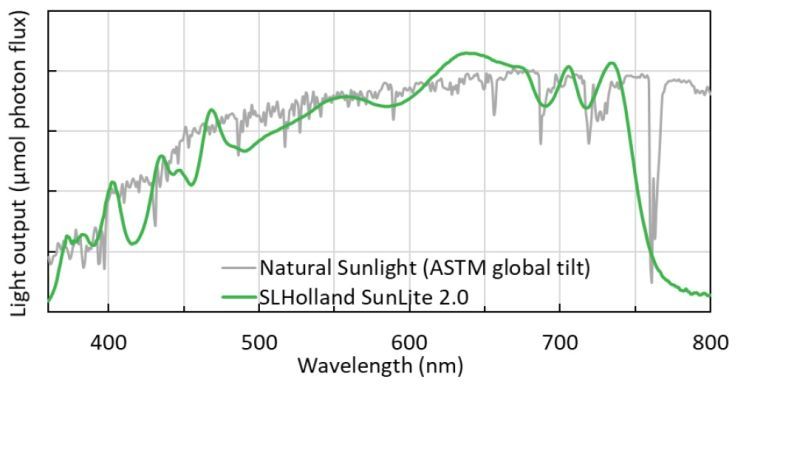
door Vincent Jalink
•
28 mrt., 2022
Englisch below Gesloten teelt is volledig afhankelijk van kunstmatige verlichting om het natuurlijke zonlicht te vervangen. Bij NLRESEARCH worden hiervoor de Sunlite lampen van SLHolland gebruikt om zo dicht mogelijk bij het echte zonlicht spectrum te blijven. Lichtspectrum beïnvloedt veel verschillende plant processen, zoals morfologische eigenschappen, bloemknop differentiatie, en de oogst. De LED Artificial Sunlight Research Module produceert een spectrum dat vergelijkbaar is met dat van natuurlijk daglicht. Deze lampen maken het mogelijk om natuurlijke veranderingen in lichtintensiteit en spectrum te simuleren. Ze zijn geoptimaliseerd voor een gelijkmatige lichtverdeling en hebben geen ongewenste warmtestraling. Het licht beschikt over het volledige daglichtspectrum (350nm - 740nm) , inclusief de UV en verrood. --- Closed cultivation relies entirely on artificial lighting to replace natural sunlight. At NLRESEARCH, t he Sunlite lamps from SLHolland are used to stay as close as possible to the real sunlight spectrum. Light spectrum influences many different plant processes, such as morphological properties, flower bud differentiation, and harvest. The LED Artificial Sunlight Research Module produces a spectrum comparable to that of natural daylight. These lamps make it possible to simulate natural changes in light intensity and spectrum. They are optimized for even light distribution and have no unwanted heat radiation. The light has the full daylight spectrum (350nm - 740nm), including UV and far red.
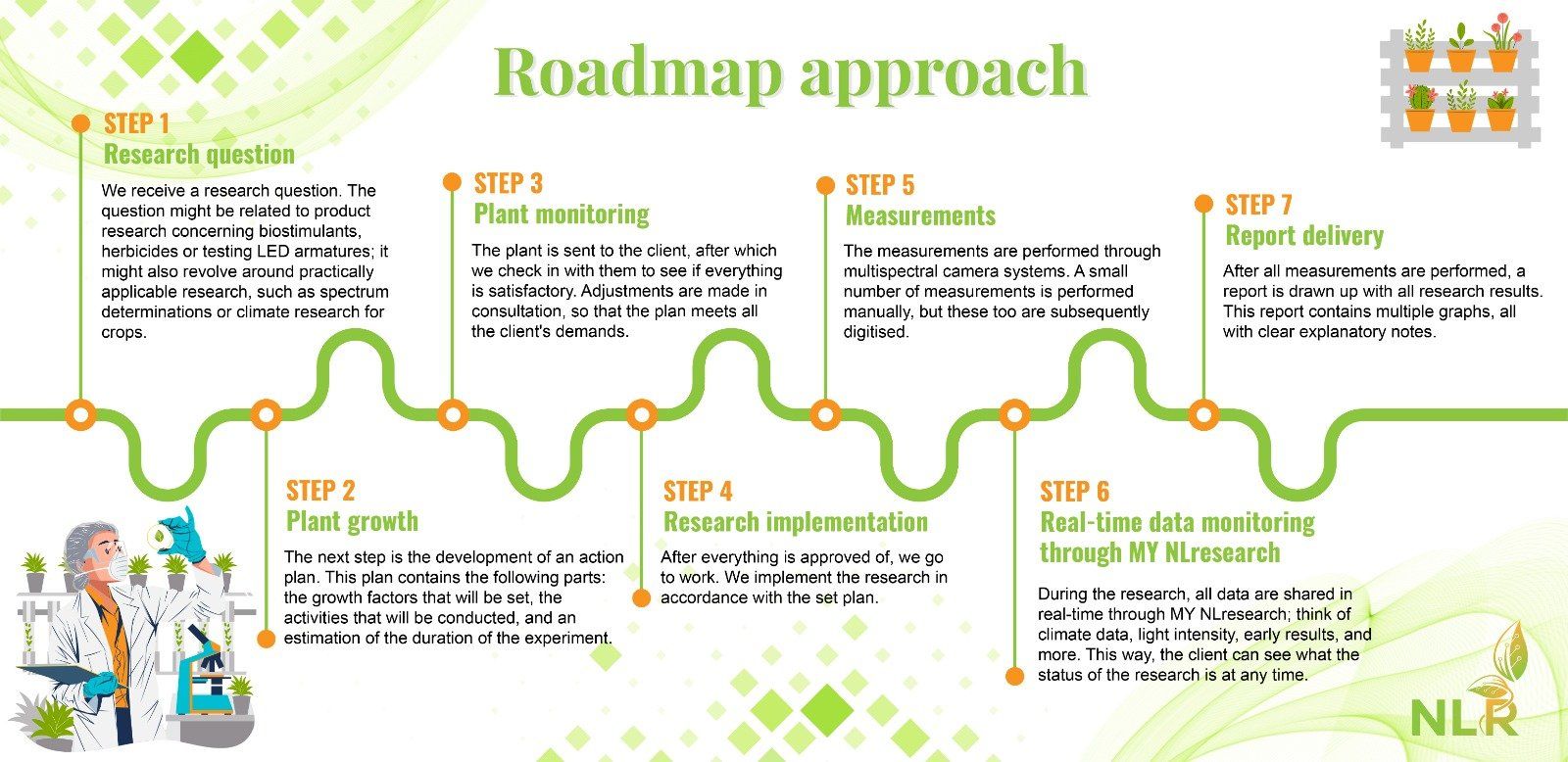
door Vincent Jalink
•
28 mrt., 2022
English below Digitaal plant data verkrijgen is een eis die steeds meer naar de voorgrond treedt binnen de sector; dit levert immers de meest betrouwbare resultaten op. Toch voeren veel bedrijven nog altijd handmatige analyses uit, wat kan resulteren in inconsistente metingen.Bij NLRESEARCH is voor onnauwkeurigheid echter geen ruimte. Onze onderzoeksfaciliteit beschikt over moderne camerasystemen waarmee de efficiëntie van fotosynthese gemeten kan worden. Zo verzamelen wij data over de conditie en gezondheid van de planten. Daarnaast kunnen wij planten digitaal fenotyperen door middel van pigment- en morfologische metingen. Om het totale onderzoek zo transparant mogelijk te houden heeft u toegang tot alle klimatologische gegevens via www.MYNLresearch.nl . Hier kunt u live zien welke instellingen er worden gebruikt om uw experiment uit te voeren en worden er vroegtijdige resultaten gedeeld. Zo kunt u etmaaltemperaturen, lichtsommen en standaard metingen en -berekeningen die gedaan worden in realtime in de gaten houden. In ons stappenplan kunt u zien hoe we van onderzoeksvraag naar de oplevering van het rapport werken. --- Obtaining plant data digitally is a requirement that is increasingly coming to the fore within the sector; after all, this produces the most reliable results. Yet many companies still perform manual analyses, which can result in inconsistent measurements . However, there is no room for inaccuracy at NLRESEARCH. Our research facility has modern camera systems with which the efficiency of photosynthesis can be measured. For example, we collect data about the condition and health of the plants. In addition, we can digitally phenotype plants by means of pigment and morphological measurements. To keep the total research as transparent as possible, you have access to all climatic data via www.MYNLresearch.nl † Here you can see live which settings are used to run your experiment and share early results. For example, you can monitor 24-hour temperatures, light sums and standard measurements and calculations that are made in real time. In our step-by-step plan you can see how we work from research question to delivery of the report.
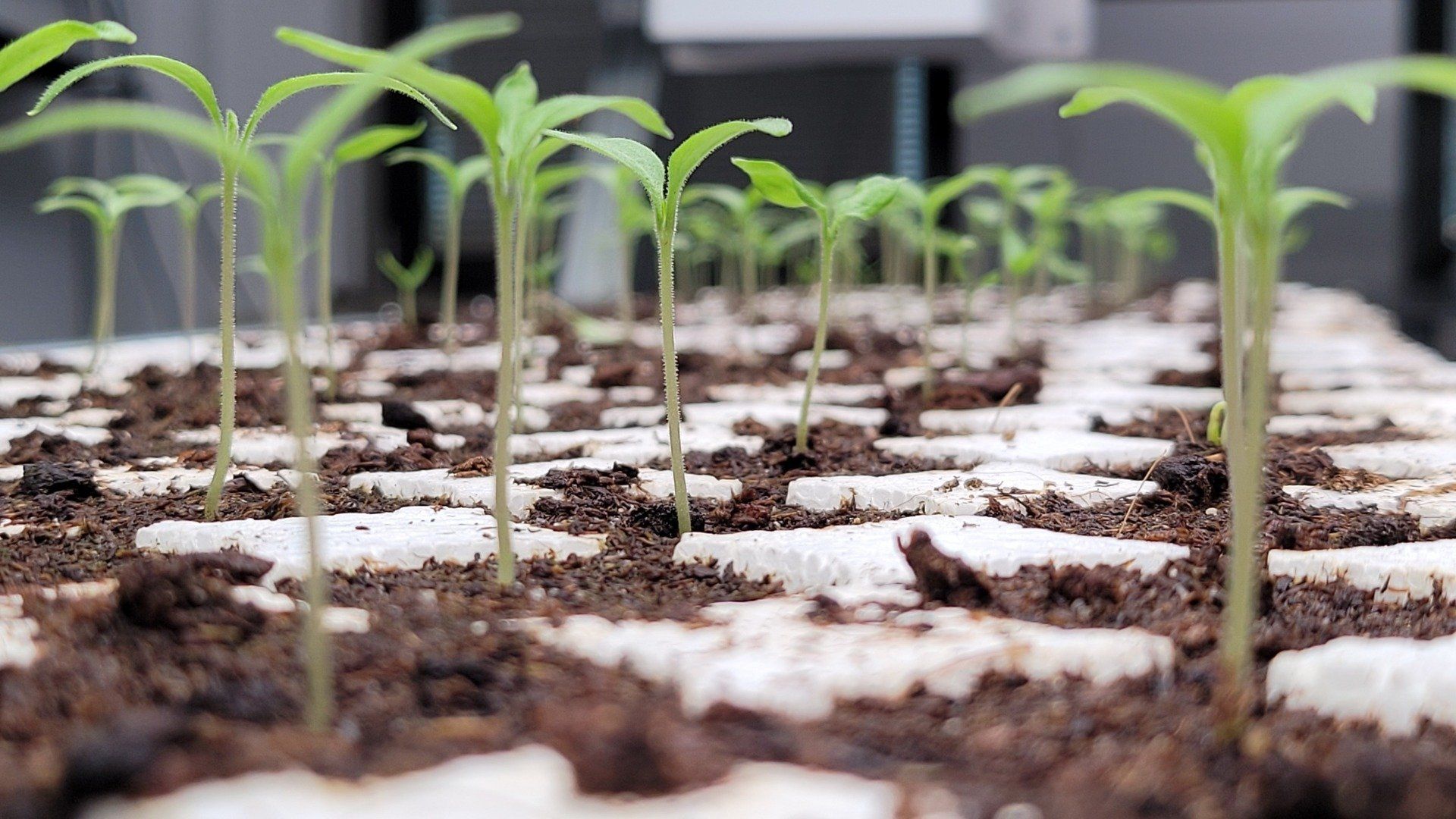
door Vincent Jalink
•
15 mrt., 2022
English below De plant wetenschappers bij NLRESEARCH zijn druk bezig met het uitvoeren van de eerste onderzoeken. In dit experiment wordt het effect van verzilte gronden op de ontwikkeling van groentegewassen bestudeert. Verzilting is een probleem wat steeds prominenter aanwezig is op akkerbouwlanden en zal de komende jaren een grote uitdaging worden voor veel telers. Door te ondervinden hoe een plant in de basis reageert op zulke stress condities, kan een juist beeld worden gevormd over de mogelijke aanpassingen in de teeltstrategieën. Verschillende parameters worden in kaart gebracht met behulp van de PhenoMate XYZ-tafel. Denk aan chlorofylfluorescentie, anthocyaan & chlorofyl indexen en morfologische eigenschappen. Deze parameters zullen een nauwkeurig en objectief beeld geven van de gezondheid en de interne kwaliteit van de plant. Bovendien zijn het snelle en betrouwbare manieren om de staat van fotosynthese te beoordelen. --- The plant scientists at NLRESEARCH are busy carrying out the first studies. In this experiment the effect of saline soils on the development of vegetable crops is studied. Salinization is an increasingly prominent problem on arable land and will become a major challenge for many growers in the coming years. By experiencing how a plant responds to such stress conditions, a correct perspective can be formed about the possible adjustments in the cultivation strategies. Several parameters are mapped using the PhenoMate XYZ table. Think of chlorophyll fluorescence, anthocyanin & chlorophyll indices and morphological properties. These parameters will give an accurate and objective picture of the health and internal quality of the plant. In addition, they are fast and reliable ways to assess the state of photosynthesis.
Volg ons op LinkedIn voor meer updates
Adres
Agro Business Park 69-73
6708 PV Wageningen
The Netherlands
Bel ons
Vertel ons wat u nodig hebt, dan sturen we u gratis een offerte.
+316 51978796
E-mail ons
Neem voor algemene verzoeken en vragen via e-mail contact met ons op.



